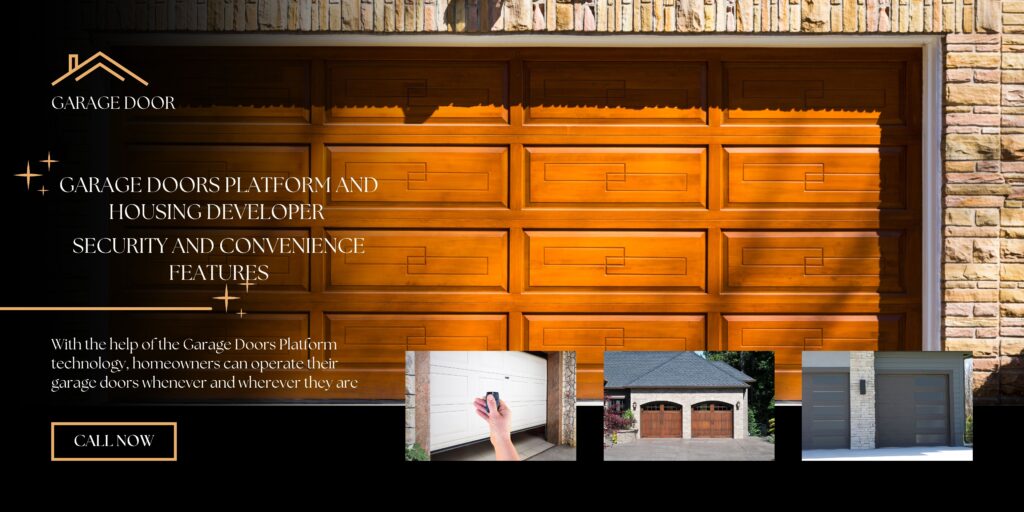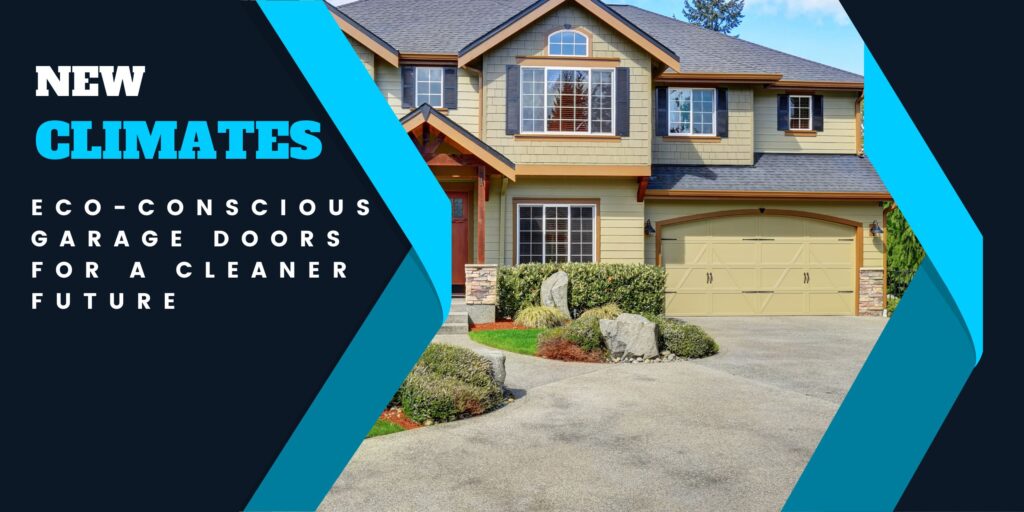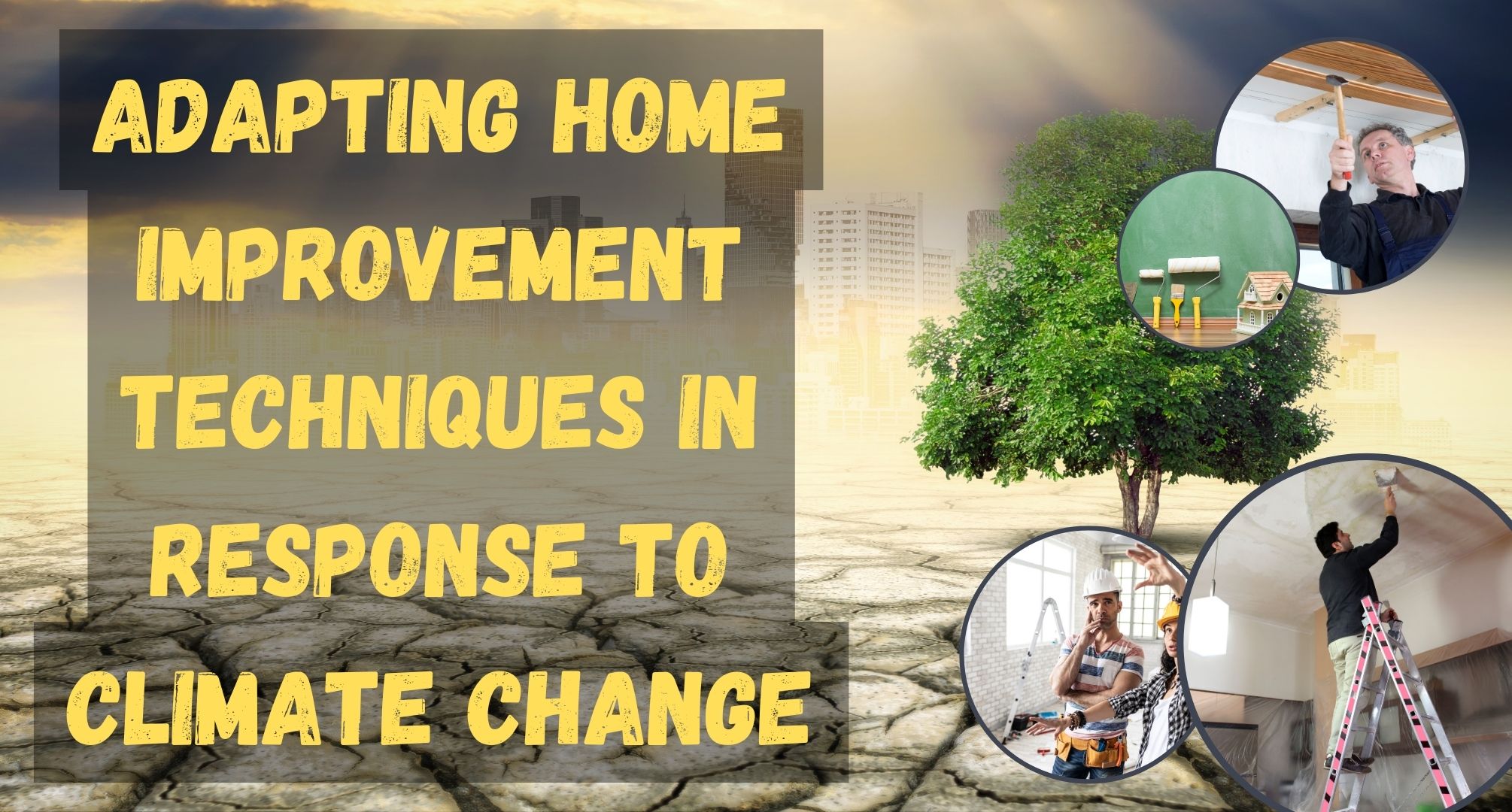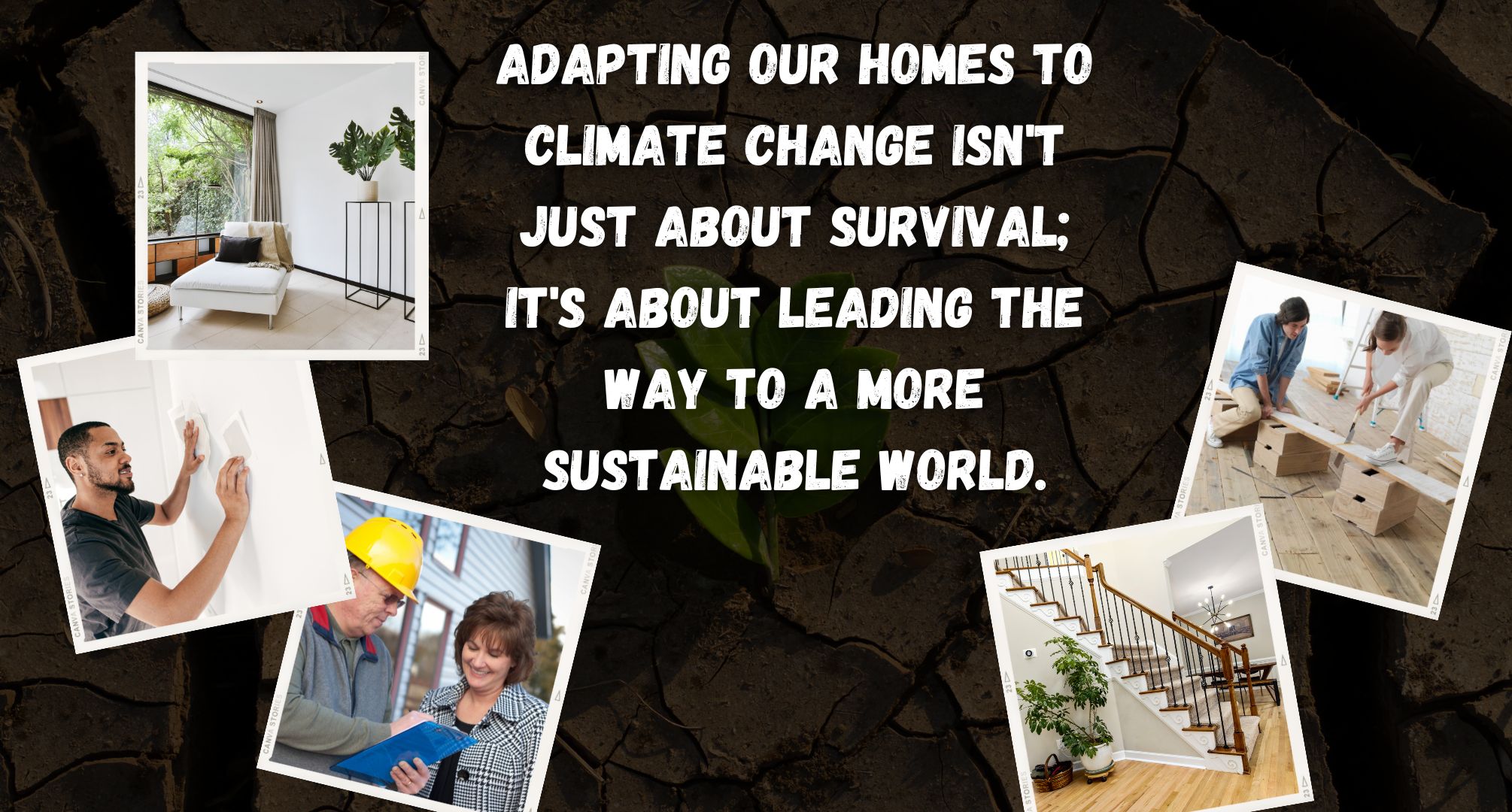The world we live in is undergoing significant changes due to climate change, and one of the most vulnerable aspects of our planet is the delicate balance of species and habitats that make up our ecosystems.

As sea levels continue to rise, the impact on marine life and coastal ecosystems becomes increasingly evident. In this post, we will explore the challenges faced by endangered species and habitats in the face of sea level rise and discuss the importance of collective action to mitigate these effects.
So, let’s dive into the world of marine conservation and discover how we can work together to protect our planet’s precious biodiversity.
Understanding the Threat
To comprehend the gravity of the situation, it’s crucial to grasp the concept of sea level rise and its implications for marine life and ecosystems. As a result of climate change, the Earth’s temperature is rising, causing the polar ice caps to melt and leading to a rise in sea levels.
This phenomenon poses a significant threat to coastal regions and the species that depend on these habitats for survival. From coral reefs teeming with colorful marine life to mangroves acting as nurseries for various species, these fragile ecosystems face the risk of being submerged or disrupted by the encroaching waters.
As sea levels rise, the delicate balance of these ecosystems is thrown off, leading to the loss of biodiversity and the disruption of critical ecological processes. Marine life that relies on specific habitats for shelter, feeding, and reproduction may find themselves displaced or unable to adapt quickly enough to the changing conditions.
Additionally, the increased inundation of coastal areas can result in the erosion of beaches and the loss of important nesting sites for endangered species such as sea turtles. The impact of sea level rise is far-reaching and threatens the very fabric of marine ecosystems that support a rich variety of life.
Impact on Endangered Species
Endangered species that already face numerous challenges find themselves in even more peril with the rise of sea levels. For example, sea turtles, known for their majestic nesting rituals, rely on specific beaches to lay their eggs. However, with coastal erosion and inundation becoming more prevalent, these nesting grounds are at risk of disappearing.
Similarly, various coastal bird species that inhabit low-lying islands may lose their habitats as the sea levels continue to rise. It’s essential to recognize the interconnectedness of these species with their habitats and understand that the loss of one can have detrimental effects on the entire ecosystem.
The consequences of sea level rise extend beyond the immediate loss of habitats. Disrupted ecosystems can lead to the decline in food sources and the disruption of natural predator-prey relationships. This, in turn, can have cascading effects throughout the food chain, impacting the abundance and distribution of species across different trophic levels.

Moreover, the loss of critical habitats like coral reefs can have severe consequences for the health and resilience of entire marine ecosystems. Coral reefs provide shelter, breeding grounds, and food sources for countless species, and their degradation due to sea level rise can result in the collapse of interconnected ecological systems.
By understanding the specific impacts of sea level rise on endangered species, we can better appreciate the urgency and importance of taking action to protect these vulnerable populations. The preservation of biodiversity is not only essential for the survival of individual species but also for the overall health and stability of ecosystems.
We must work together to ensure that these endangered species have a fighting chance in the face of climate change and rising sea levels.
Adapting and Mitigating
In the face of these challenges, it is crucial to take proactive measures to protect endangered species and their habitats. This includes implementing strategies to adapt to changing conditions and mitigate the impacts of sea level rise.
Coastal communities and conservation organizations can work together to restore and protect critical habitats. Initiatives such as creating artificial reefs or implementing mangrove restoration projects can provide a lifeline for endangered species and help maintain the resilience of marine ecosystems. By preserving these habitats, we contribute to the overall health and stability of our planet’s biodiversity.
Adaptation strategies involve recognizing the changing conditions and finding ways to reduce the vulnerability of endangered species and their habitats. For example, constructing sea walls or implementing beach nourishment projects can help protect nesting sites for sea turtles and prevent coastal erosion.
Furthermore, the creation of protected areas and marine reserves can provide safe havens for endangered species, allowing them to thrive and recover in a controlled environment. These measures require collaborative efforts between governments, conservation organizations, and local communities to ensure effective implementation and long-term success.
Mitigation efforts focus on addressing the root causes of climate change and reducing greenhouse gas emissions. By transitioning to cleaner and more sustainable energy sources, implementing energy-efficient practices, and adopting eco-friendly lifestyles, we can slow down the rate of global warming and mitigate the impacts of sea level rise.
Every individual has a role to play in this collective effort, from reducing personal carbon footprints to advocating for policies that promote renewable energy and environmental conservation.
Collaboration and Conservation Efforts
Addressing the threats posed by sea level rise requires collaboration on both local and global scales. Governments, non-profit organizations, scientists, researchers and communities must join forces to develop and implement effective conservation strategies.
Sharing knowledge, resources, and best practices can enhance our collective ability to protect endangered species and habitats. Collaborative research initiatives can provide valuable insights into the specific needs and vulnerabilities of different species and ecosystems, informing targeted conservation efforts.
Engaging local communities and stakeholders is key to the success of conservation initiatives. By involving those who live and depend on coastal areas, we can foster a sense of ownership and responsibility for the protection of endangered species and habitats.

Empowering coastal communities through education and awareness programs can help them understand the importance of their local ecosystems and inspire action to safeguard them. Additionally, sustainable tourism practices can contribute to the preservation of marine biodiversity while providing economic opportunities for local communities.
International cooperation is also crucial in addressing the global challenges posed by climate change and sea level rise. Through collaborative agreements and frameworks, countries can work together to reduce greenhouse gas emissions, protect shared marine resources, and promote sustainable development.
Platforms such as the Convention on Biological Diversity and the Intergovernmental Panel on Climate Change play a vital role in facilitating dialogue, knowledge sharing, and coordinated action at the global level.
A Call to Action
While collective action is essential, the power to make a difference lies in the hands of individuals as well. Each one of us can contribute to protecting endangered species and habitats through simple yet impactful actions.
Making sustainable choices in our daily lives, reducing our carbon footprint, and supporting eco-friendly practices can create a ripple effect that reverberates far beyond our immediate surroundings. We must prioritize conservation efforts, support sustainable practices, and advocate for policies that address the root causes of climate change.
Moreover, supporting organizations and initiatives that champion conservation efforts and advocating for policies that prioritize the protection of vulnerable ecosystems can amplify our impact. By becoming conscious consumers and responsible citizens, we become part of the solution to climate change and contribute to the preservation of our planet’s biodiversity.
By working together, we can create a future where marine life thrives, habitats are safeguarded, and the beauty of our oceans continues to inspire awe and wonder.
Conclusion
Protecting endangered species and habitats in the face of climate change and sea level rise is a shared responsibility. By understanding the threats, adapting to changing conditions, collaborating on conservation efforts, and taking individual action, we can make a significant impact on the preservation of marine life and ecosystems.
Let us embrace the challenge before us and ensure a sustainable future for generations to come. Together, we have the power to protect and preserve the incredible biodiversity that our planet has to offer.















